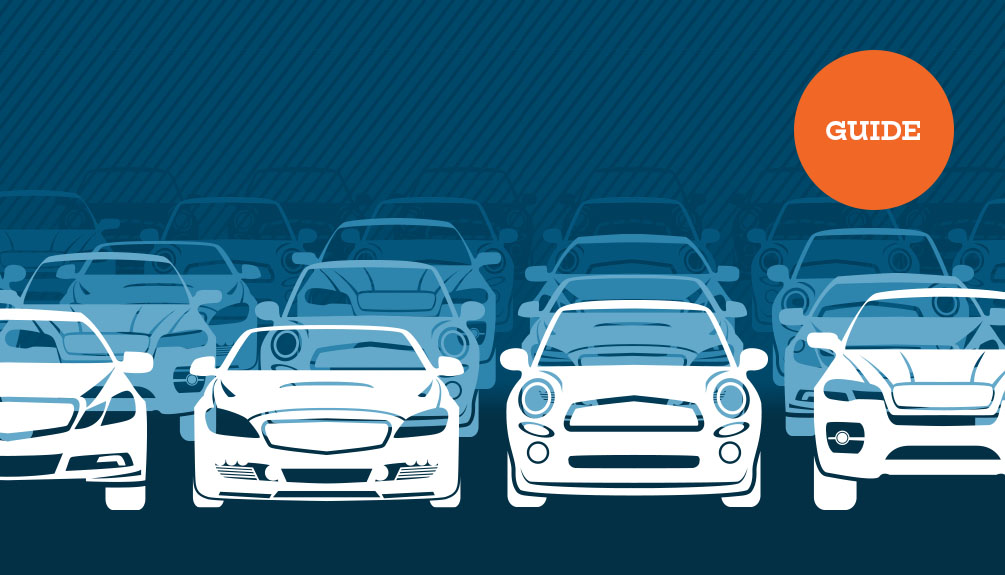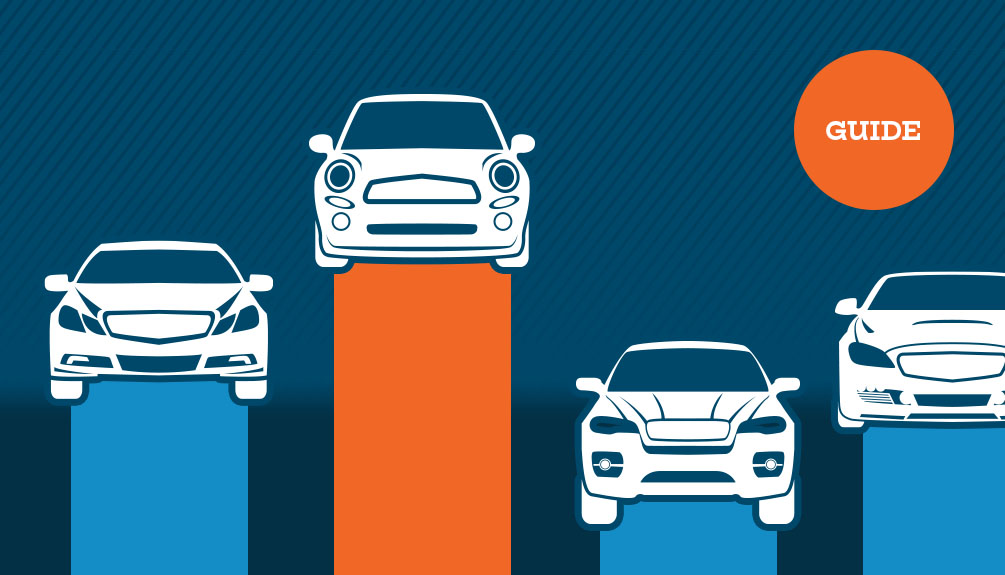What is a car recall?
A recall is the auto industry’s version of a safety net. When either a manufacturer or the National Highway Traffic Safety Administration ( NHTSA ) discovers that a vehicle, auto part, tire, or child seat poses an unreasonable risk or falls short of a federal safety standard, the manufacturer must alert NHTSA and every known owner, dealer, and distributor about the problem.Most companies act voluntarily long before regulators intervene, but once the defect is confirmed they are legally obliged to design a remedy, supply the parts, and install the fix at no cost to you. Typical issues range from something as simple as a seatbelt buckle that won’t latch to life-threatening defects such as fuel leaks, steering-gear failures, or airbags that deploy explosively. NHTSA keeps tabs on every recall campaign until the automaker proves the repairs are being completed.
What is a vin and where do you find it?
The vehicle identification number (VIN) is a 17-character fingerprint that tells the story of a single car—where it was built, which engine it carries, the model year, and much more. You will see it etched into the dashboard when looking at the base of the windshield on the driver’s side, printed on a sticker inside the driver’s door jamb, and repeated on your registration and insurance papers. Because the VIN is unique, it is the key that lets you and regulators trace open recalls, verify build details, and uncover a vehicle’s service and accident record.How to check for recalls by VIN
The quickest, most reliable tool is the VIN-search page at NHTSA.gov/recalls . Type in your 17-digit code and the system will display any incomplete safety campaigns issued in the past 15 years. If nothing appears there, your car is recall-free at the moment. Many manufacturers mirror this service on their own sites, and NHTSA’s free SaferCar mobile app will ping your phone the instant a new recall is issued for your car. Alternatively, third-party websites like iSeeCars’ VIN Recall Check reports offer recall history data along with other important vehicle safety information.What to do when a recall is open
Act promptly if there is an open recall on your vehicle. Read any letter you receive from the automaker so you understand the symptoms, interim precautions, and whether the car is safe to drive. Then contact an authorized dealer for your car’s brand, give them the VIN, and schedule the repair. Early callers usually jump ahead of any parts shortages, so don't wait.Keep copies of the work order and any correspondence. They may prove useful if questions arise at resale or during a future warranty claim. If the dealer tries to bill you or refuses the repair, escalate the issue to the manufacturer or file a complaint with NHTSA. Federal law requires the fix to be free for 15 years from the vehicle’s original sale date. After that window some brands may still cover the cost, but they are not obliged to do so.
Why you should never ignore a recall
Every recall is, at its core, a safety alert. Leaving a defect uncorrected can injure you, your passengers, or others on the road. Beyond the obvious physical risk, driving an unrepaired vehicle can expose you to expensive collateral damage—think engine-bay fires from a leaking fuel line—or complicate an insurance claim if the defect contributes to a crash. Staying current with recall repairs keeps your car compliant with federal safety standards, protects its resale value, and removes a red flag that might scare off a future buyer. Most importantly, it lets you drive with the confidence that a known hazard has been eliminated.What should used car shoppers do?
Before you seal the deal on a pre-owned vehicle, run the VIN through NHTSA’s database and ask the seller to produce receipts showing all recalls have been closed. If an open campaign exists, negotiate for the repair to be completed before purchase or factor the downtime into your price. Some dealers offer complimentary loaners while recall work is underway, so ask. If they do not, check whether the manufacturer reimburses rental expenses for parked-until-fixed situations—some do for high-risk defects. Finally, enroll the car’s VIN in NHTSA’s SaferCar app the moment you take ownership so you never miss a future alert.
Related Reading
- How To Run a Free VIN Check Using .gov Websites: Learn how to piece together a vehicle's official history, from open safety recalls to hidden title records, starting with free government websites
- How To Check for a Lien on a Car Before You Buy: What every used-car buyer should know about title liens
- What is a Rebuilt Title?: Should You Buy a Rebuilt Title Car?


































































